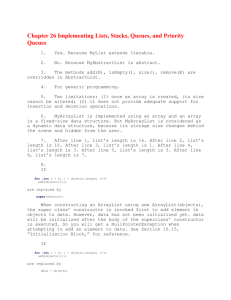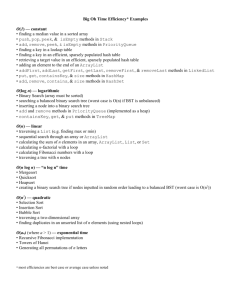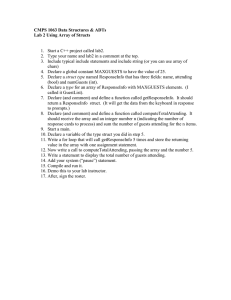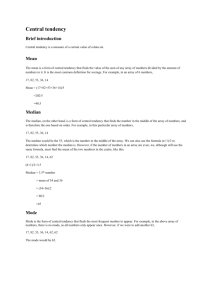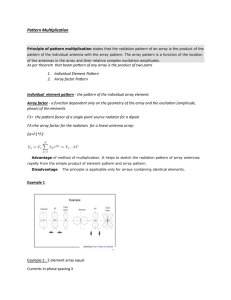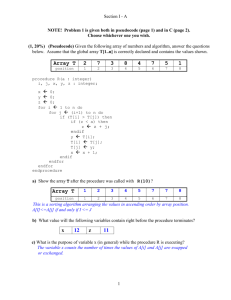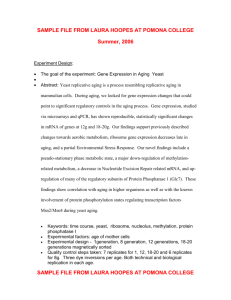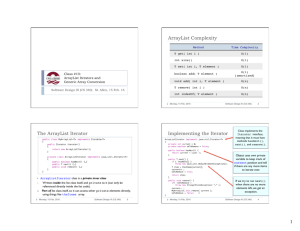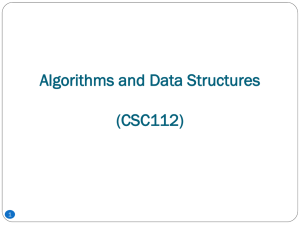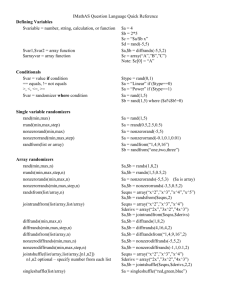Chapter 25 Lists, Stacks, Queues, and Priority Queues
advertisement
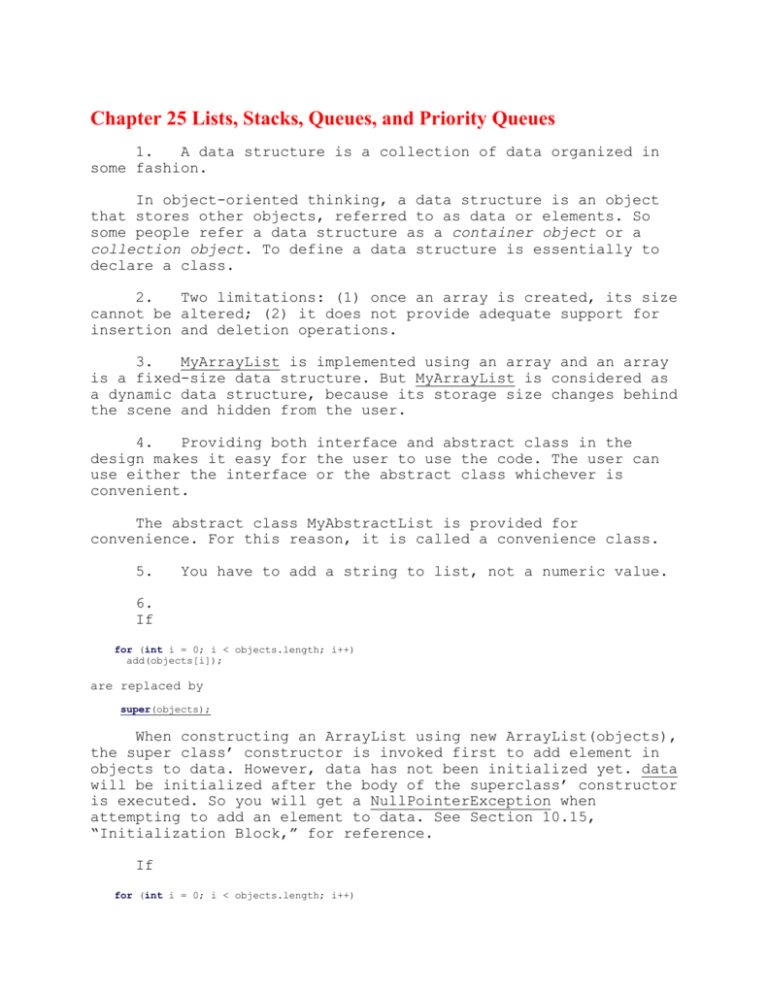
Chapter 25 Lists, Stacks, Queues, and Priority Queues 1. A data structure is a collection of data organized in some fashion. In object-oriented thinking, a data structure is an object that stores other objects, referred to as data or elements. So some people refer a data structure as a container object or a collection object. To define a data structure is essentially to declare a class. 2. Two limitations: (1) once an array is created, its size cannot be altered; (2) it does not provide adequate support for insertion and deletion operations. 3. MyArrayList is implemented using an array and an array is a fixed-size data structure. But MyArrayList is considered as a dynamic data structure, because its storage size changes behind the scene and hidden from the user. 4. Providing both interface and abstract class in the design makes it easy for the user to use the code. The user can use either the interface or the abstract class whichever is convenient. The abstract class MyAbstractList is provided for convenience. For this reason, it is called a convenience class. 5. You have to add a string to list, not a numeric value. 6. If for (int i = 0; i < objects.length; i++) add(objects[i]); are replaced by super(objects); When constructing an ArrayList using new ArrayList(objects), the super class’ constructor is invoked first to add element in objects to data. However, data has not been initialized yet. data will be initialized after the body of the superclass’ constructor is executed. So you will get a NullPointerException when attempting to add an element to data. See Section 10.15, “Initialization Block,” for reference. If for (int i = 0; i < objects.length; i++) add(objects[i]); are replaced by data = objects; size = objects.length; Then data and objects refer to the same array. This is a security hole. You may change ArrayList by directing changing the array elements through objects. 7. (Hint: To find the bug, perform trimToSize() on an empty list, then add a new element to the list.) When an empty array list is trimmed, its size becomes 0. If you create a new array by doubling its size, the new array size is still 0. Adding a new element now would cause an ArrayIndexOutOfBounds exception. 8. If the number of elements is fixed in the program, use array is more efficient. If the number of elements changes in the program, you may use ArrayList or LinkedList. 9. If you have to add or delete the elements anywhere in a list, use LinkedList. 10. Using inheritance: You can declare the stack class by extending the array list class, and the queue class by extending the linked list class. Using composition: You can declare an array list as a data field in the stack class, and a linked list as a data field in the queue class. Both designs are fine, but using composition is better because it enables you to declare a complete new stack class and queue class without inheriting the unnecessary and inappropriate methods from the array list and linked list. 11. MyList. Line 5, new GenericStack() is not an instance of
